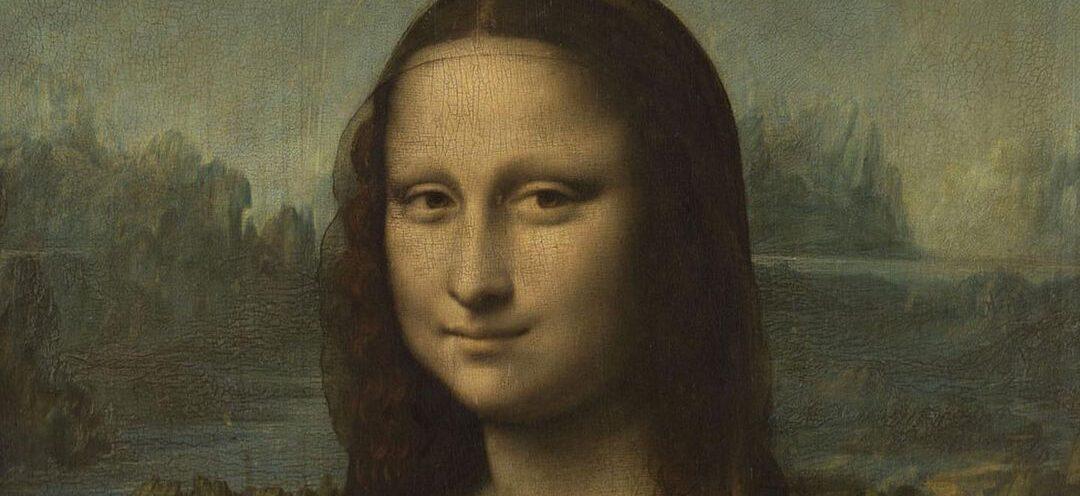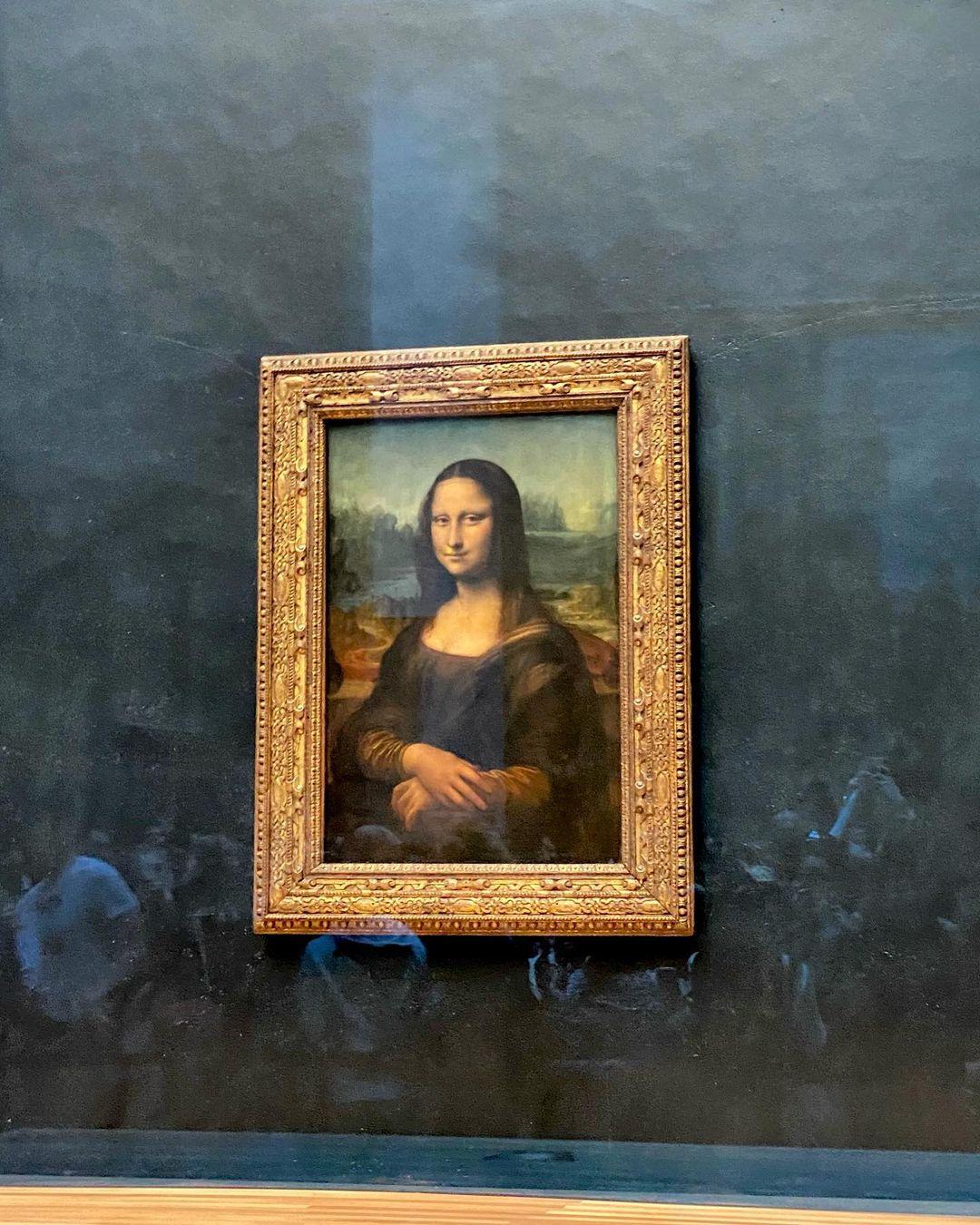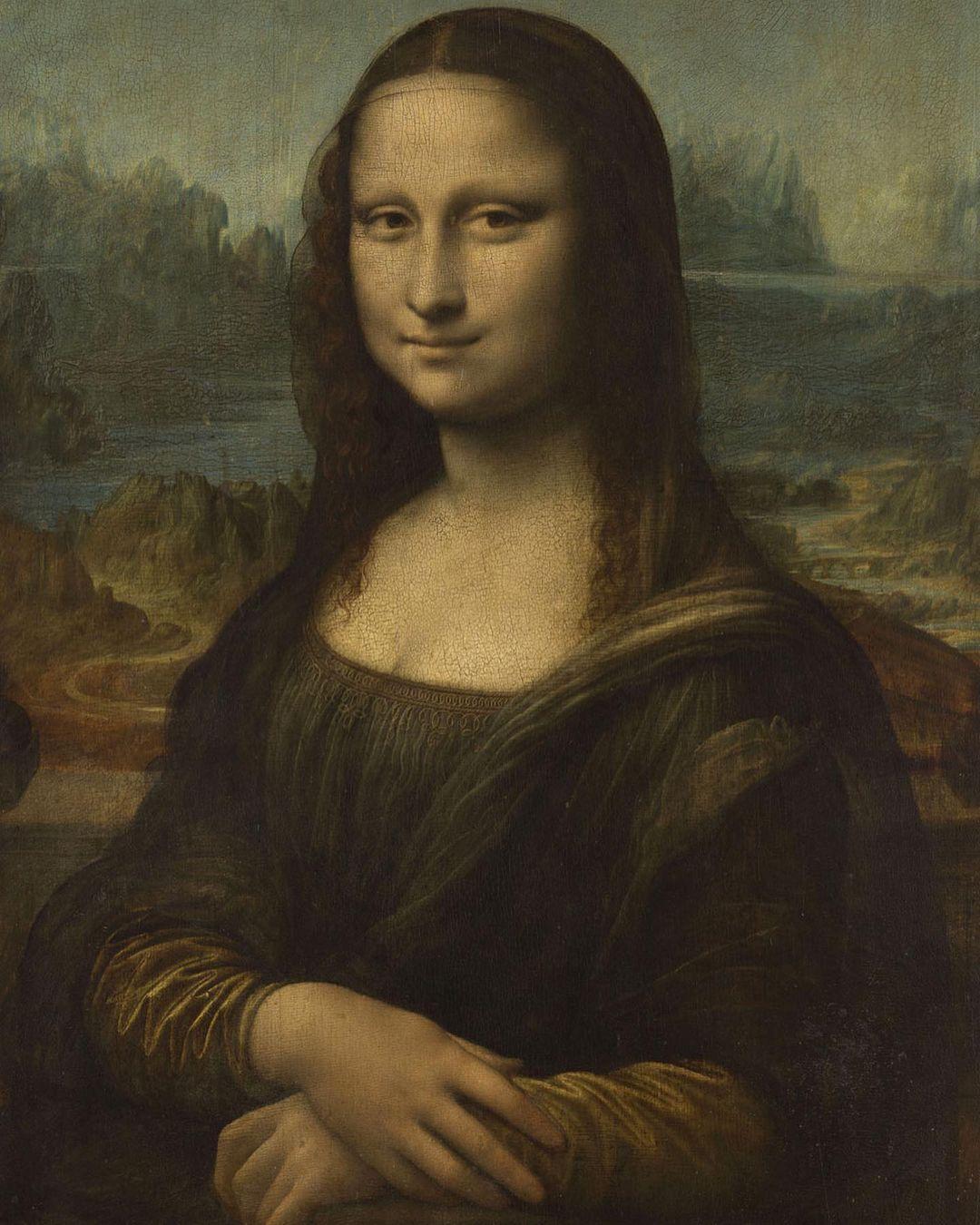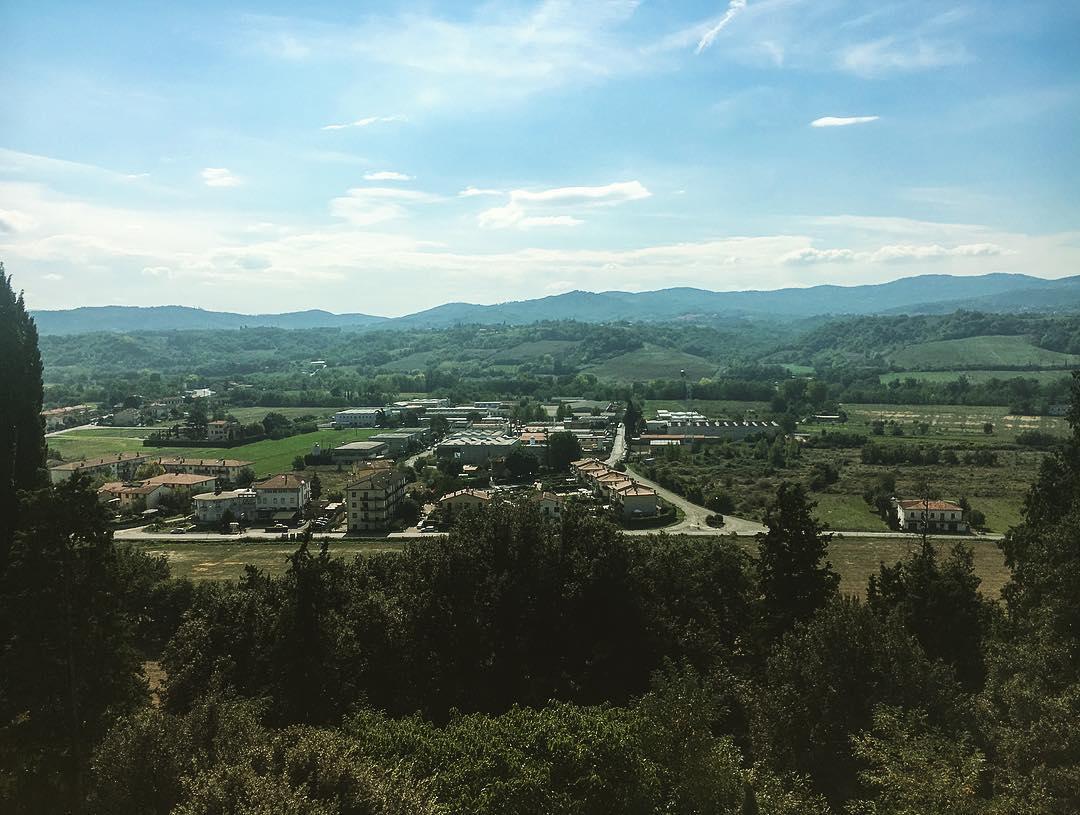
DaVinci's 'Mona Lisa:' Biggest Secret Finally Unveiled
By Arthur Boiron on May 10, 2023 at 6:00 AM EDT
'The Mona Lisa by Leonardo Da Vinci is probably one of the planet's most mysterious art pieces. Exposed at The Musée du Louvre in Paris, it is one of the most tourist attractions of the city, along with the Eiffel Tower or the Arc de Triomphe. And this is because of the painter, yes, but also because of the content of it.
La Joconde is mysterious because we don't know who Mona Lisa is, the woman in the painting, and we don't know where she is. But after years of research, a historian may have finally found where "La Joconde" takes place.

A Bridge Gave The Answer
For years, historians debated the landscape behind Mona Lisa, but never has someone said someone so precise that everybody could believe him. However, Silvano Vinceti may have found the most significant hint for the 16th-century painting's landscape. For him, Mona Lisa is in Laterina, in Arezzo's province, in the south of Florence in Italy.
But how did he get to that conclusion? Well, simply because of a bridge. In the painting, behind Mona Lisa's left shoulder, it is possible to see a bridge made of rock. And after seeing historical documents and pictures taken by drones, he thinks the bridge is the Romito di Laterina, which is partially destroyed today.
But is that true? We have not found out because the community has been divided on that question for many years. For example, the river in the painting is said to be the Arno because of its shape, and the bridge still questions people because, for others, this can also be the Buriano Bridge, also situated in the south of Florence in Italy, and also very close to the Romito di Laterina bridge. For others, it could also be the Bobbio bridge north of the Genes in Italy. But the last solution is less famous now since this previous discovery.

Because yes, if many historians think the bridge is the Buriano bridge in the south of Florence, and another historian thinks it is the Romito di Laterina also in the south of Florence, then there are many more possibilities that the bridge is of these two.
However, Silvano Vinceti, who made the recent discovery, thinks the bridge cannot be the Buriano bridge because of the number of arches that compose the bridge. These four arches correspond to the Romito di Laterina Bridge, not the Buriano Bridge. To complete his argument, Silvano also mentions that Leonardo Da Vinci was living in Valdarno in Italy when he was painting "La Joconde" and that the Romito di Laterina, frequently used at that time, was undoubtedly on the painter's road.
Laterina's City Moved By This Discovery
Of course, when this kind of discovery is made, the mentioned city is interested since it gives much more credit to it and maybe more tourism. And it is exciting for Laterina in Italy since it has only 3500 people living in it. So the mayor Simona Neri says the city is very curious about this.

And what's even more curious is that she is working on a bicycle path along the Arno River near the Romito vestiges. And she thinks this bicycle path added to "La Joconde" confirmed location could be a fantastic advantage to create more tourism.
What About Mona Lisa?
If Silvano Vinceti may have finally found where the painting takes place, it doesn't seem like someone has finally found who Mona Lisa is. Much speculation and debate have been regarding the woman's identity painted in "La Joconde." For some researchers, she is Lisa del Giocondo, the wife of the Florentine merchant Francesco di Bartolomeo del Giocondo. This name coincides with the alternative title to the painting, "La Gioconda." The artist and biographer Giorgio Vasari suggested that identity in 1550.
Another famous theory was that the model was Leonardo's mother, Caterina. Sigmund Freud was a fan of that theory since, for him, Mona Lisa's mysterious smile emerged from an unconscious memory of Caterina's smile. And finally, another approach said that the painting was Leonardo's self-portrait as a woman because of the resemblance between the Mona Lisa and the artist's facial expressions. But this last one is less famous. Unfortunately, however, none of these theories have been proven. Even DNA tests didn't give any results. But who knows, maybe one day, like for the landscape, we'll know the real identity of the Mona Lisa.
